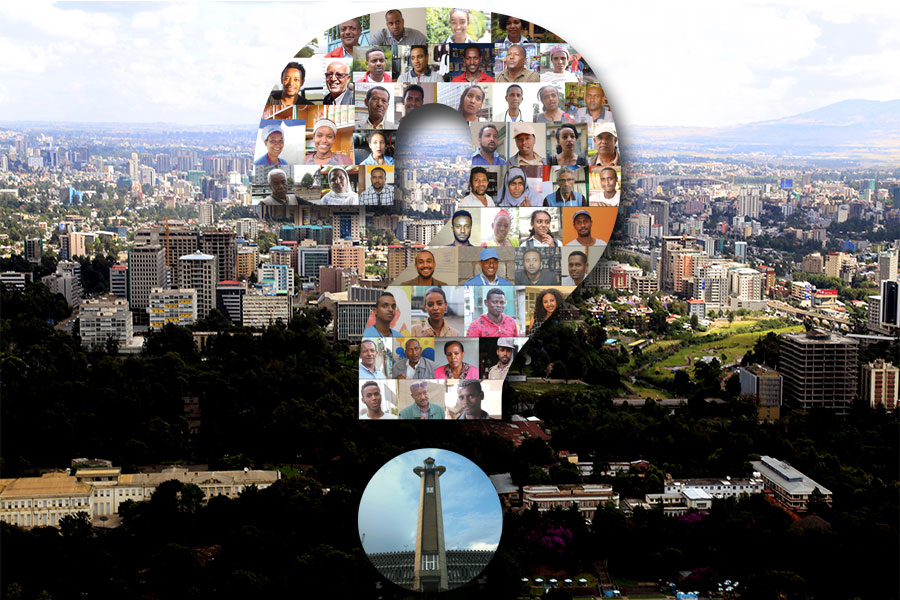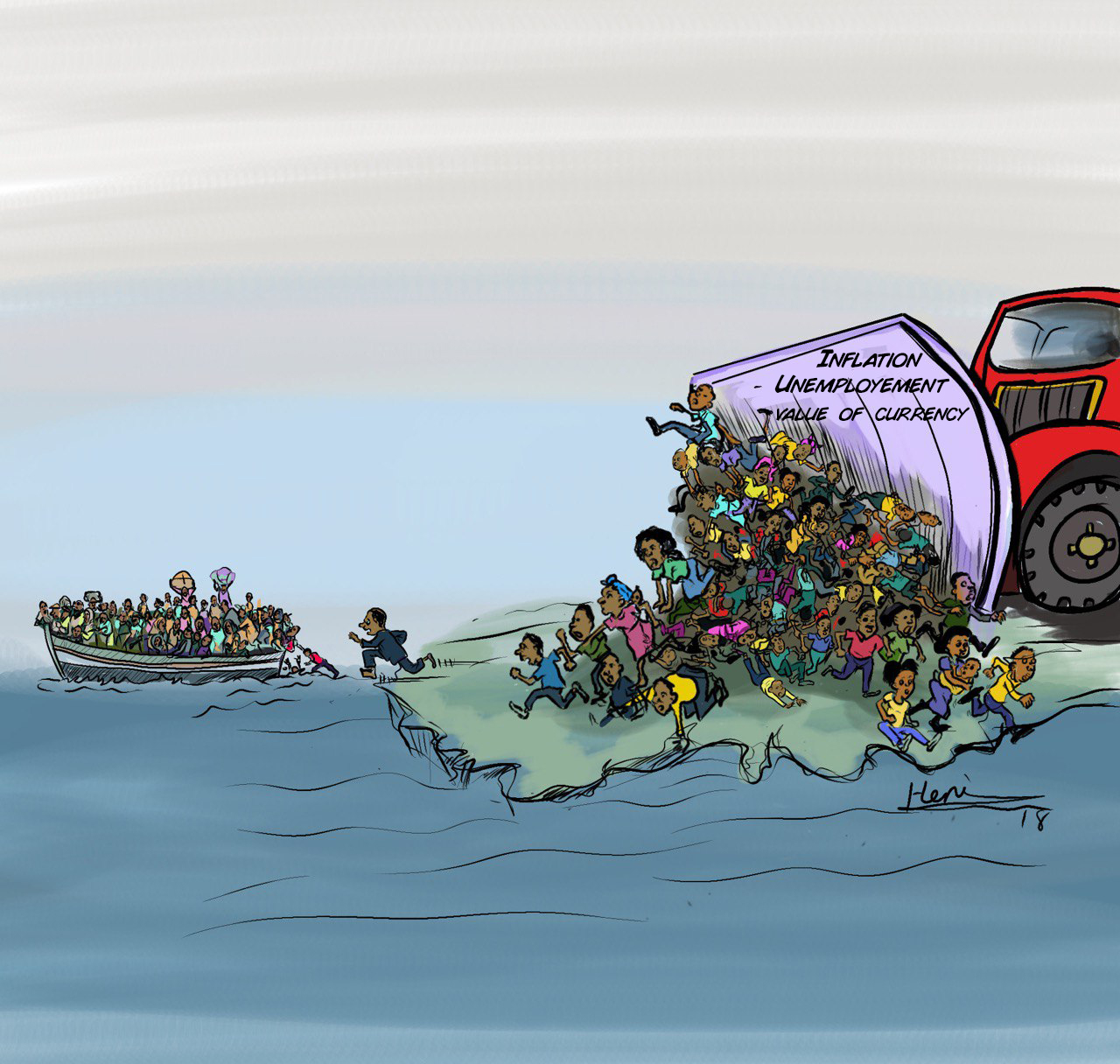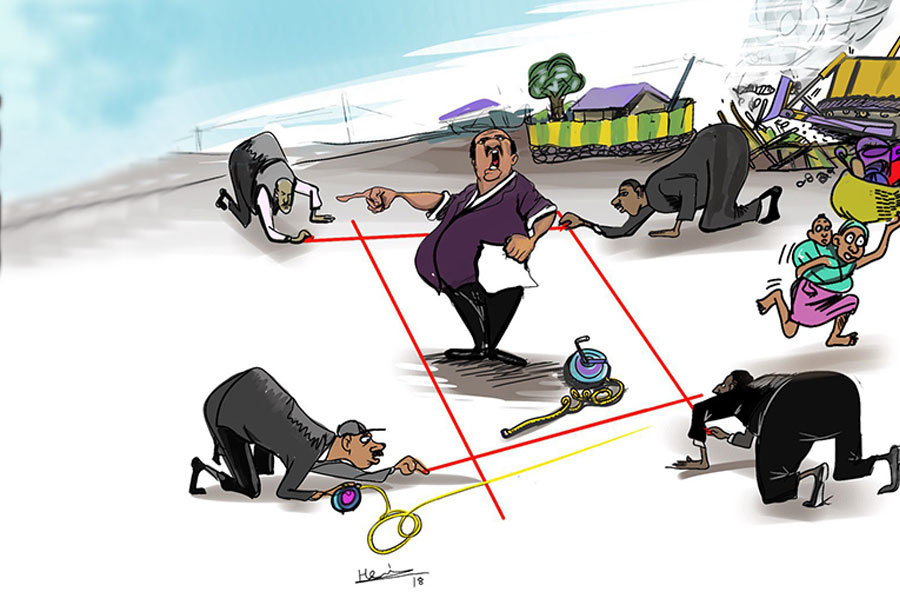
Photo Gallery | 173789 Views | May 06,2019
Aug 17 , 2025. By RUTH BERHANU ( FORTUNE STAFF WRITER )
More than 120,000 government employees in Addis Abeba are racing to collect coding certificates under a citywide digital training initiative, part of a sweeping national goal to produce “five million coders.” Promoted by officials as a stepping stone to a digitally capable workforce, the program is beginning to resemble a paperwork exercise rather than a revolution in skills.
Officials at the Addis Abeba Innovation & Technology Development Bureau say the effort is meant to prepare civil servants for an economy in transition.
“This initiative was created to build Ethiopia’s coding capacity,” said Amha Gorzes, the Bureau’s director of Capacity Building. “It isn't advanced training; anyone can enrol. The goal is to give workers better skills and better opportunities.”
The training, delivered through the global online platform, Udacity, covers data science, programming, Android development, and artificial intelligence (AI). While the public launch grabbed headlines this summer, Amha disclosed that government employees had begun enrolling a year earlier.
Udacity’s approach is simple. Participants sign up with basic personal details, choose a course, and are free to begin watching introductory videos. Each program is designed to last between five and eight weeks, with assessments scattered throughout.
However, the flexible design quickly revealed gaps. Employees under pressure to comply found that the platform allows them to skip instructional content entirely, jumping straight to the tests. Once the evaluations are complete, certificates arrive in their inbox, sometimes within hours, regardless of whether they absorbed the material.
The pressure to collect certificates, combined with the system’s loopholes, has led to the development of creative workarounds.
A hygiene awareness worker in one of the districts enrolled in four courses. She finished them in three days by ignoring most of the material and heading directly to the assessments. She received certificates meant to represent eight months of study almost instantly.
“The course is easy,” she told Fortune.
The pace and methods of certificate collection have not gone unnoticed in public offices. At Haddis Alemayhu Secondary School, an employee described how her supervisors insisted all staff secure at least one certificate, with principals expected to collect all four. Lacking an IT background, the employee, who requested anonymity, struggled with the English-language material.
“The courses are in English and require some technical knowledge,” she said. “I had no idea where to start.”
Unable to complete the courses on her own, she paid someone else to do it for her, a practice several employees confirmed is not uncommon.
The unintended result is a small but growing market for outsourcing certificate work.
Yididiya Girma, a 19-year-old student, saw the opportunity after his mother had difficulty with the training. With his IT knowledge, he found the content familiar.
“I don’t need to watch the videos,” he said. “I’ve already seen this material. I sign up with their email, complete the assessments, and hand them the certificates.”
He charges 200 Br for a certificate, estimating he has completed the process for at least 10 government employees. For Yididiya and others with digital skills, the job is less about coding and more about copying and pasting the right answers. Since the assessments remain constant, repetition makes each subsequent course easier.
The speed at which the city’s workers are stacking up certificates is raising eyebrows among local technologists.
Muse Teshome, a freelance web designer and software engineer sees potential in the program but stated that genuine online learning demands time and effort. He is critical of the one-size-fits-all approach. Udacity’s platform does not screen for prior experience.
“Some platforms tailor courses to the level of the participant,” he said. “Here, everyone is given the same content.”
He believes guided tutorials, led by professionals, would help public employees build a real foundation.
The program’s fast-track approach is hardly unique to Ethiopia. It is modelled after the “One Million Arab Coders” program, launched in the United Arab Emirates (UAE) in 2017. Locally, the initiative was announced on July 27, 2024, as a partnership between the governments of Ethiopia and the United Arab Emirates. According to official statements, the goal is to equip five million Ethiopians with the digital skills needed for the future workplace.
According to Assegid Getachew (PhD), a former state minister for Labour & Skills, while such programs are used by other countries to open up new job opportunities, especially in remote work, Ethiopia’s results so far appear more symbolic than practical.
“Here, the number of people working remotely remains small,” he told Fortune.
However, he believes the initiative could connect Ethiopian workers to global labour markets, especially in the Gulf states and Europe, if managed properly.
PUBLISHED ON
Aug 17,2025 [ VOL
26 , NO
1320]

Photo Gallery | 173789 Views | May 06,2019

Photo Gallery | 164015 Views | Apr 26,2019

Photo Gallery | 154071 Views | Oct 06,2021

My Opinion | 136576 Views | Aug 14,2021

Oct 11 , 2025
Ladislas Farago, a roving Associated Press (AP) correspondent, arrived in Ethiopia in...

Oct 4 , 2025
Eyob Tekalegn (PhD) had been in the Governor's chair for only weeks when, on Septembe...

Sep 27 , 2025
Four years into an experiment with “shock therapy” in education, the national moo...

Sep 20 , 2025
Getachew Reda's return to the national stage was always going to stir attention. Once...